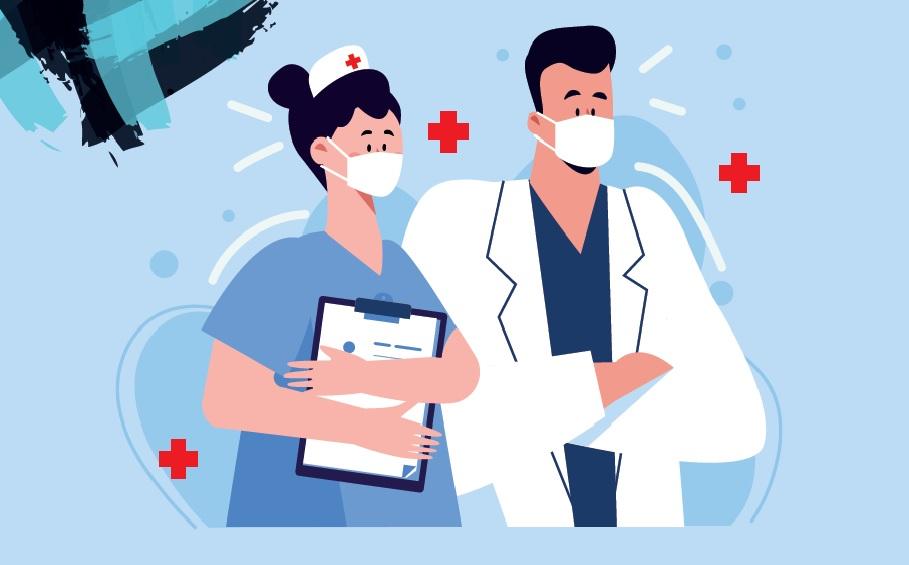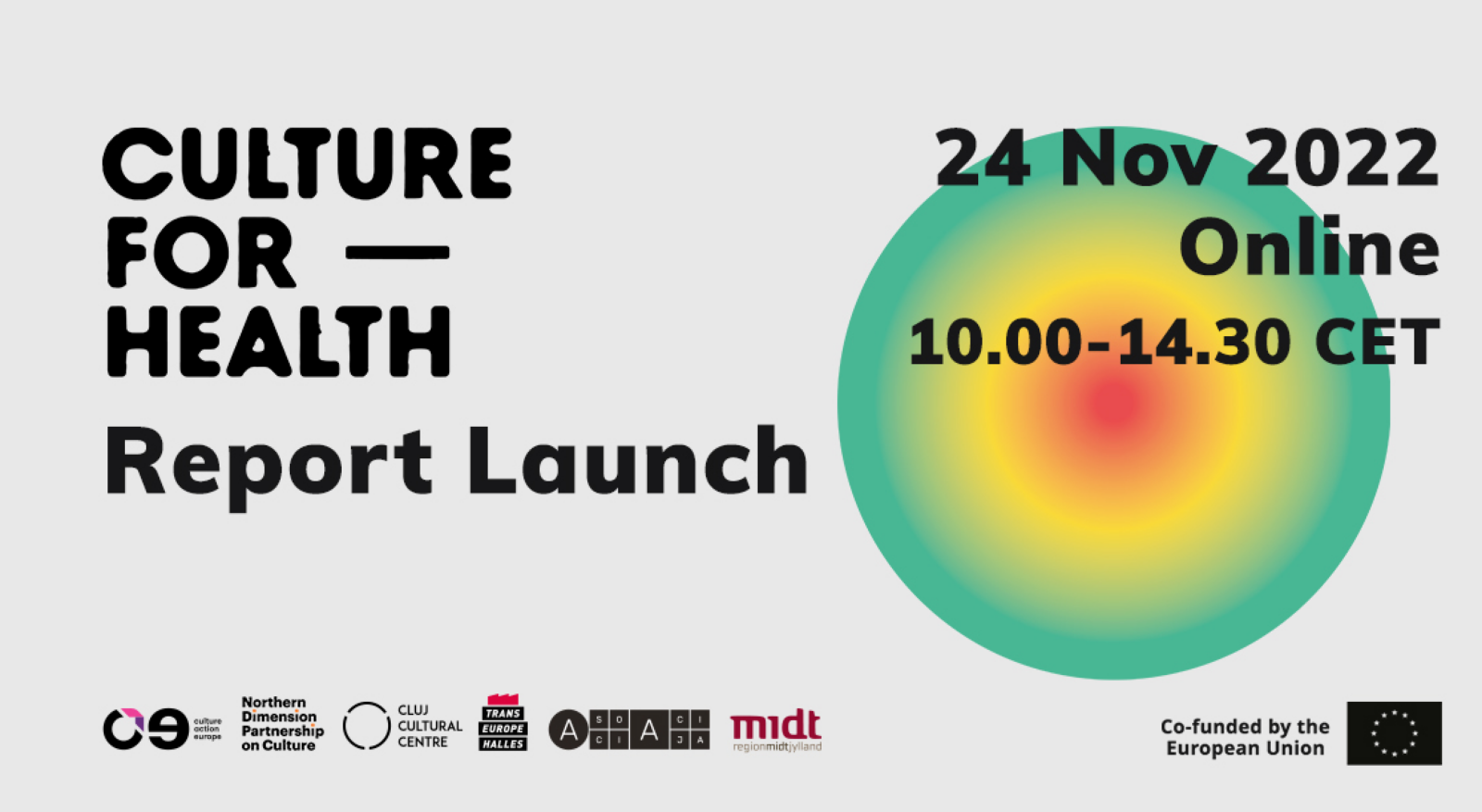During the autumn of 2020, the Cluj Cultural Centre implemented within the Art & Well-being project a pilot of cultural prescriptions, offering participation in a series of specially designed creative workshops to a group of people suffering from burnout and measuring the impact of artistic interventions on the burnout rates. The creative activities were delivered to participants by a team of artists from Create.Act.Enjoy and our initial findings demonstrated that art can potentially decrease burnout rates, increase well-being and inspire people to develop their creative potential.
In 2021, after the promising results of our pilot project and as part of their ongoing activity, Create.Act.Enjoy organized workshops to reduce the symptoms of burnout among Romanian hospital staff from Cluj-Napoca and Zalău. The aim of the artistic activities was to combat the mental exhaustion of medical staff who have been fighting the Covid-19 pandemic. Cluj Cultural Centre sustained the initiative by measuring the impact of the artistic intervention on hospital staff’s well-being through quantitative techniques.
Purpose
The purpose of the research was to further understand how art impacts the burnout symptoms and the well-being of people working in exhausting environments, such as medical staff.
Key takeaways and observations
- The participants’ scores positively changed, although little in terms of quantity. Some explanations for these results include: (1) the well-being of the participants was quite good before the intervention; (2) the limited number of workshops (1 session) that took place with the same participants; (3) the level of burnout of the medical staff was not measured prior to their participation into artistic intervention; (4) the artistic interventions took place in hospitals, where medical staff is carrying out their professional activity, being disconnected by their work environment.
- The direction of change is promising, indicating that a deepening of the intervention, consisting of several long-term workshops and a neutral safe space, outside of their work environment, with natural light, could bring more visible benefits to the well-being of the participants, such as: reducing stress at work, a better collaboration between colleagues; increasing trust between colleagues; developing the ability to listen and increasing the degree of empathy and acceptance.




